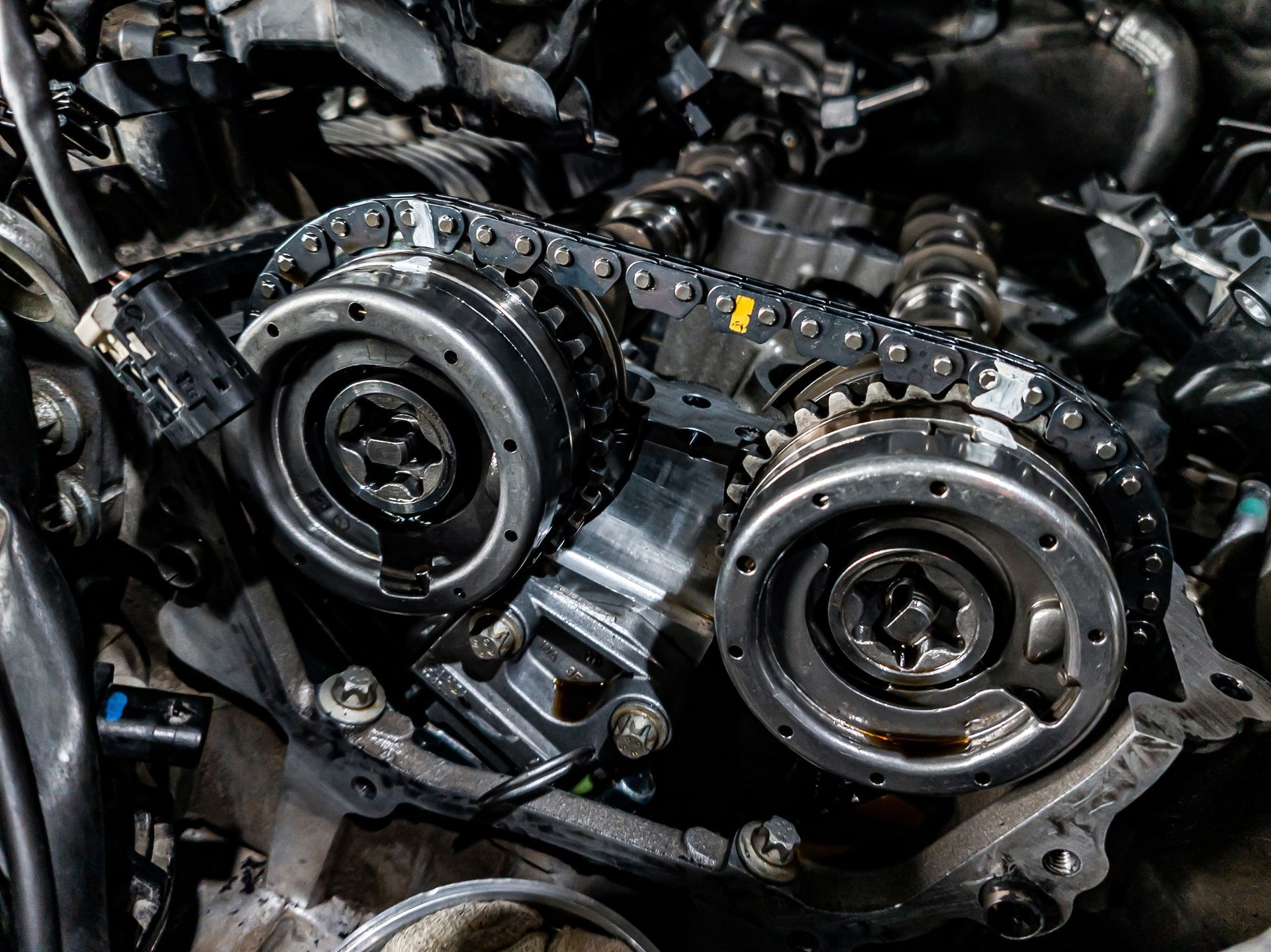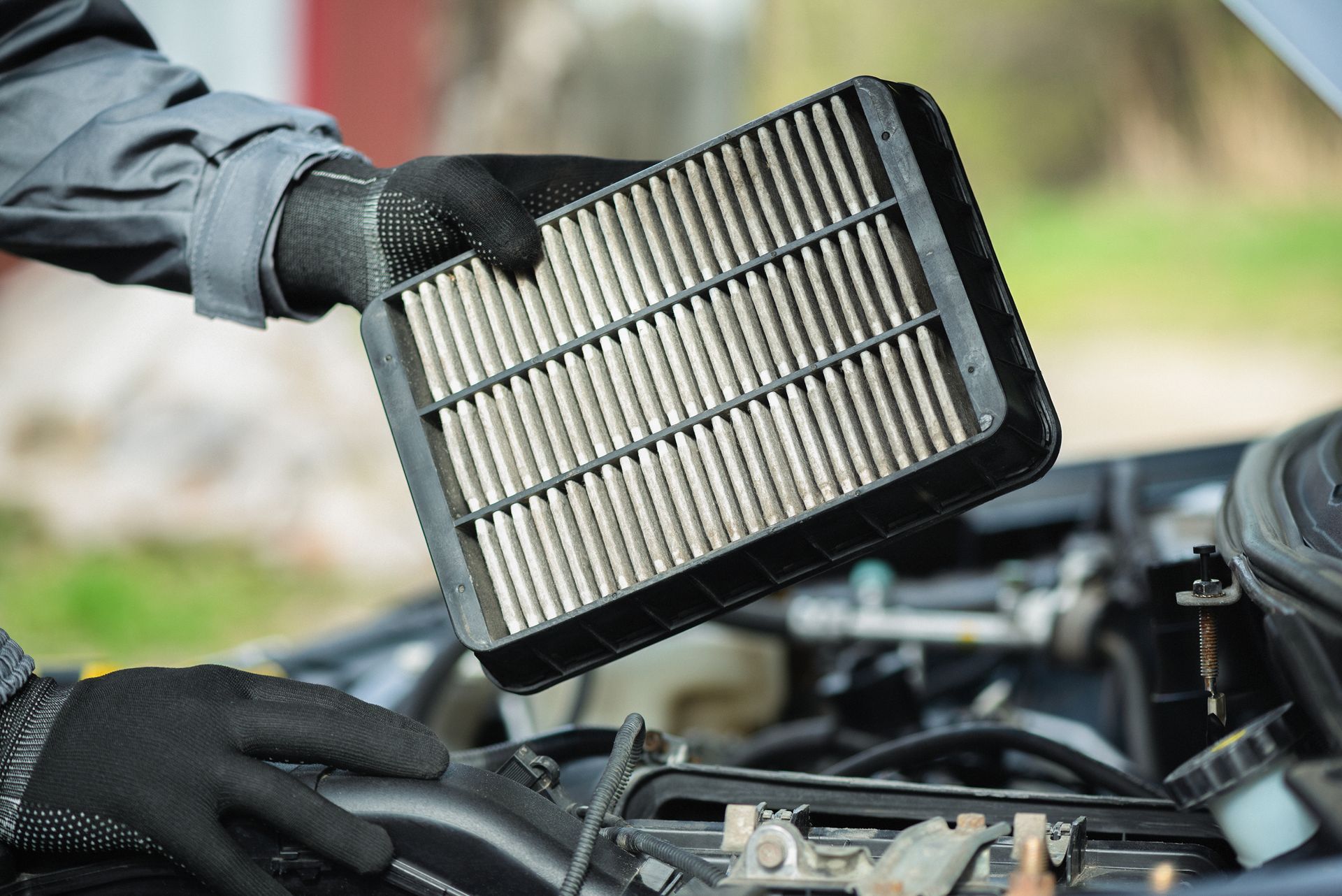If you live in California, you’ve probably asked yourself the same question every time you fill up: Why is gas always more expensive here? Compared to the national average, California’s fuel prices consistently sit at the top—and it’s not just about demand or oil prices. A mix of regulations, taxes, production costs, and market conditions all play a role in pushing those numbers up.
Here’s a breakdown of what’s really behind California’s high fuel prices and why it’s likely not changing anytime soon.
Higher Fuel Taxes Than Most States
One of the most significant contributors is California’s fuel tax rate. The state has the highest gasoline tax in the country, currently over 68 cents per gallon when you combine excise tax, sales tax, and other fees. This money is used to fund infrastructure projects, road maintenance, and environmental programs.
While these initiatives are important, they also mean every gallon you pump costs significantly more than in neighboring states—even before you factor in the base fuel price.
Unique Fuel Blend Requirements
California uses a special blend of gasoline known as the “California Clean Burning Gasoline” formula. This blend is designed to reduce air pollution and meet the state’s strict environmental regulations, particularly in areas like Los Angeles and the Bay Area that struggle with smog.
The downside? Producing this blend is more expensive than the standard gasoline used in other parts of the country. Only a few refineries are equipped to produce it, which limits supply and increases production costs. If one of those refineries goes offline, even briefly, it can cause a spike in prices almost immediately.
Limited Refinery Capacity Within the State
Because California is geographically isolated from other major fuel supply chains and has strict environmental laws, it’s not easy to import gasoline from out of state. The state has to rely on a small number of in-state refineries.
When one of those refineries shuts down for maintenance or unexpected repairs, the reduced supply drives prices up quickly. Other states can often import fuel from nearby regions to balance the market—California doesn’t have that luxury.
Cap-and-Trade and Carbon Programs
In addition to fuel taxes and production costs, California has a cap-and-trade program that requires fuel producers to buy permits for the carbon emissions generated during fuel production. These costs get passed directly to consumers at the pump.
The Low Carbon Fuel Standard (LCFS) program adds another layer, incentivizing cleaner fuel alternatives by charging providers who don’t meet carbon reduction goals. These environmental initiatives aim to reduce emissions long-term, but they also make traditional gasoline more expensive in the short term.
Higher Cost of Doing Business in California
Everything from real estate and labor costs to environmental compliance makes doing business in California more expensive for fuel distributors and gas station owners. These costs are factored into what you pay at the pump.
On top of that, California has higher transportation costs due to the distances involved in moving fuel within the state, especially to rural areas or regions with limited infrastructure.
Is Relief in Sight
While lawmakers occasionally discuss fuel tax rollbacks or gas rebate programs, most of the factors behind California’s high fuel prices are baked into the system. Regulatory, environmental, and infrastructure realities mean that even when oil prices drop, Californians often see less of a difference at the pump.
Electric vehicles, alternative fuels, and public transportation may offer long-term relief, but for now, California drivers are likely to keep paying more than most other Americans for every gallon.
The Haus Auto – Fuel System and Emissions Service in Sherman Oaks & Santa Monica, CA
If you’re trying to make every gallon count, let
The Haus Auto in Sherman Oaks and Santa Monica, CA, help. We offer complete fuel system cleaning, emissions diagnostics, and efficiency-focused maintenance to keep your vehicle running at its best.






